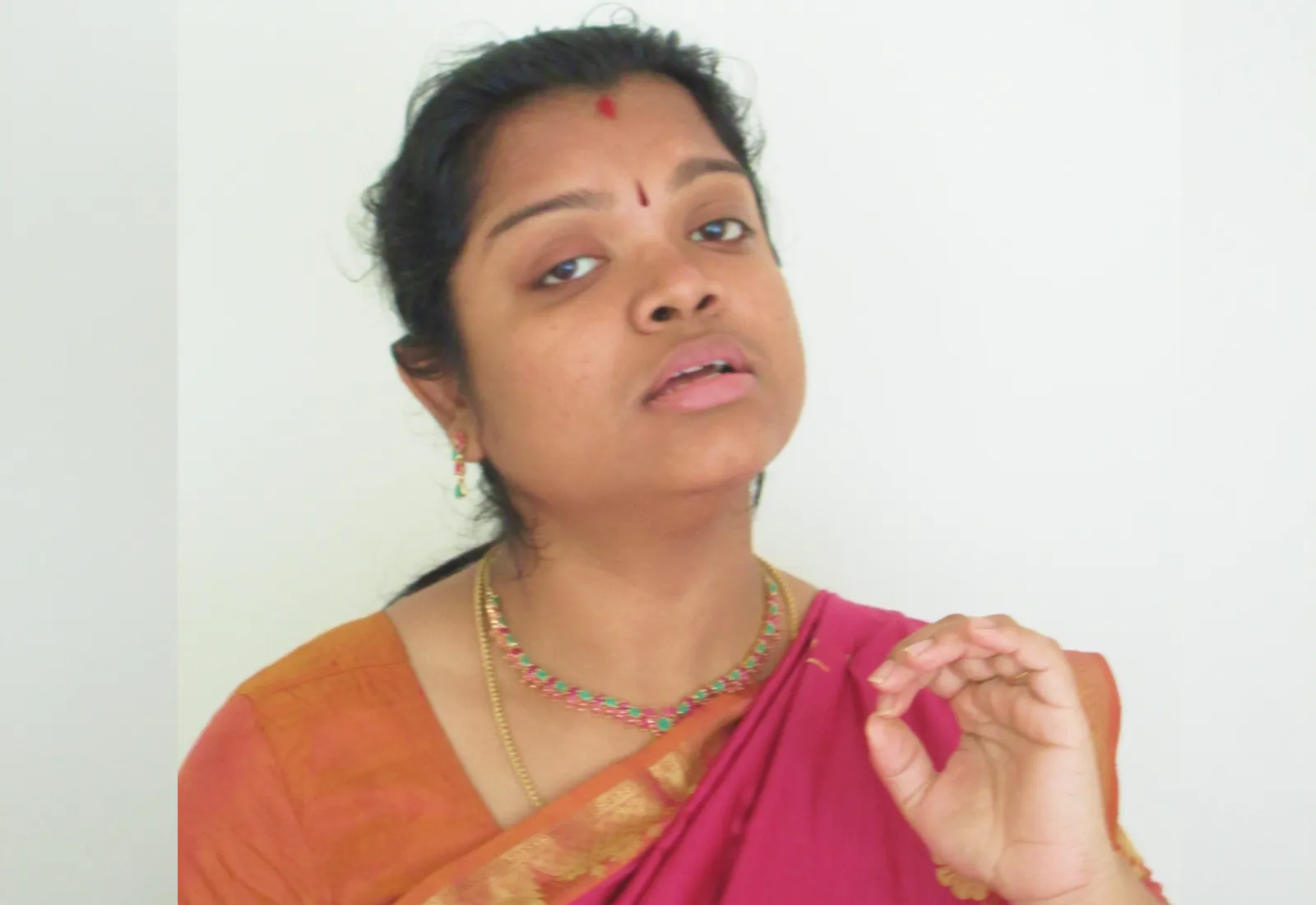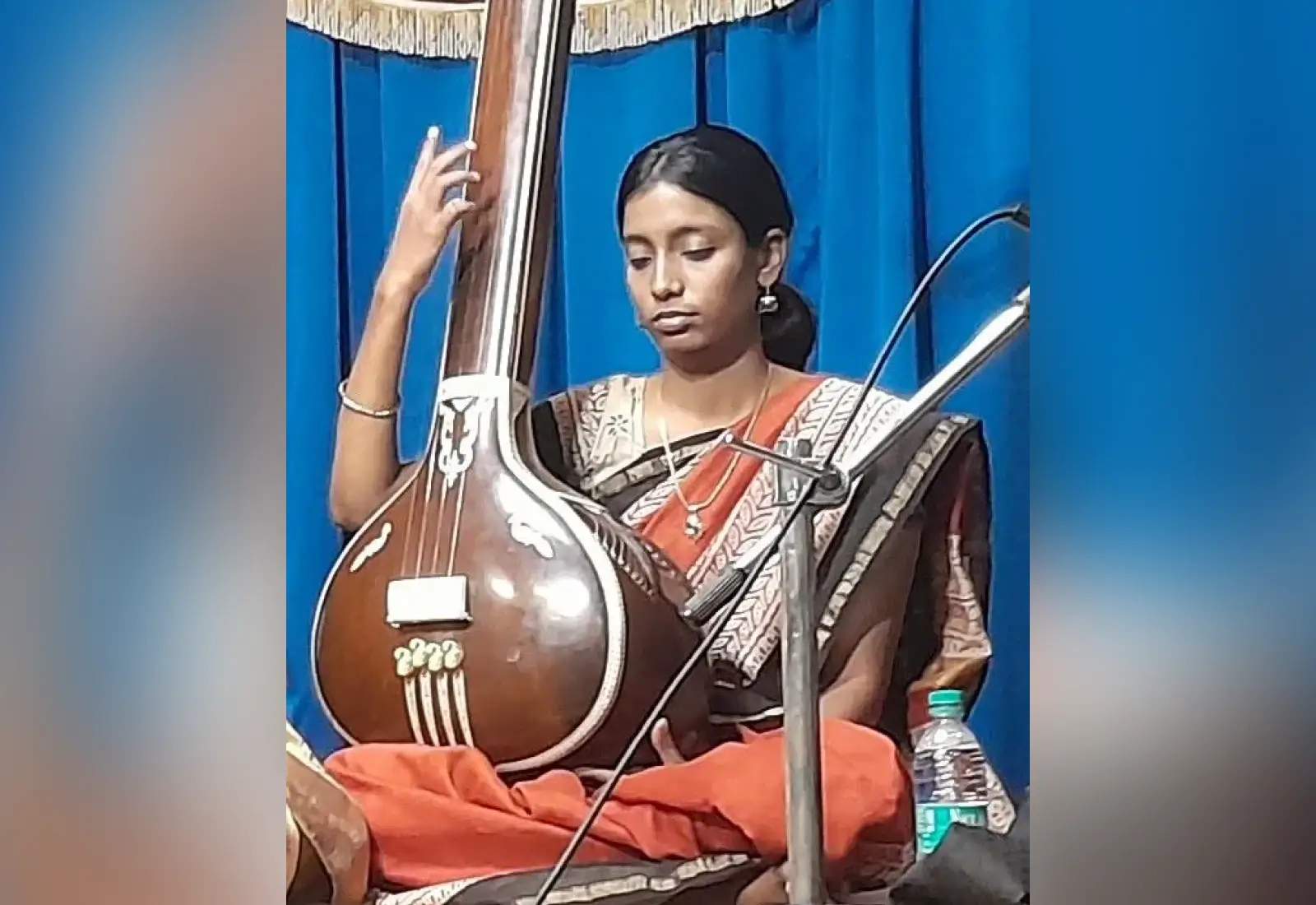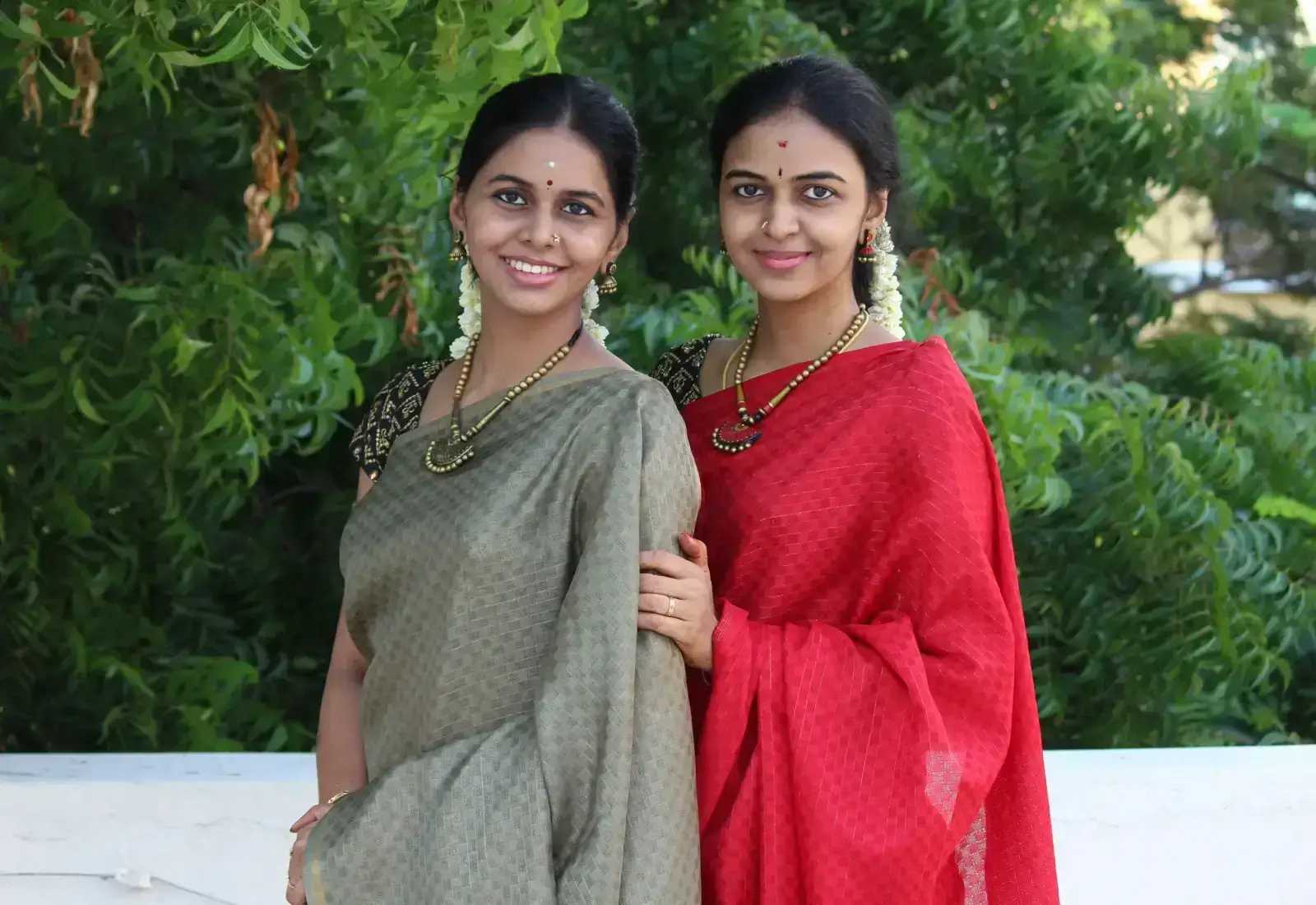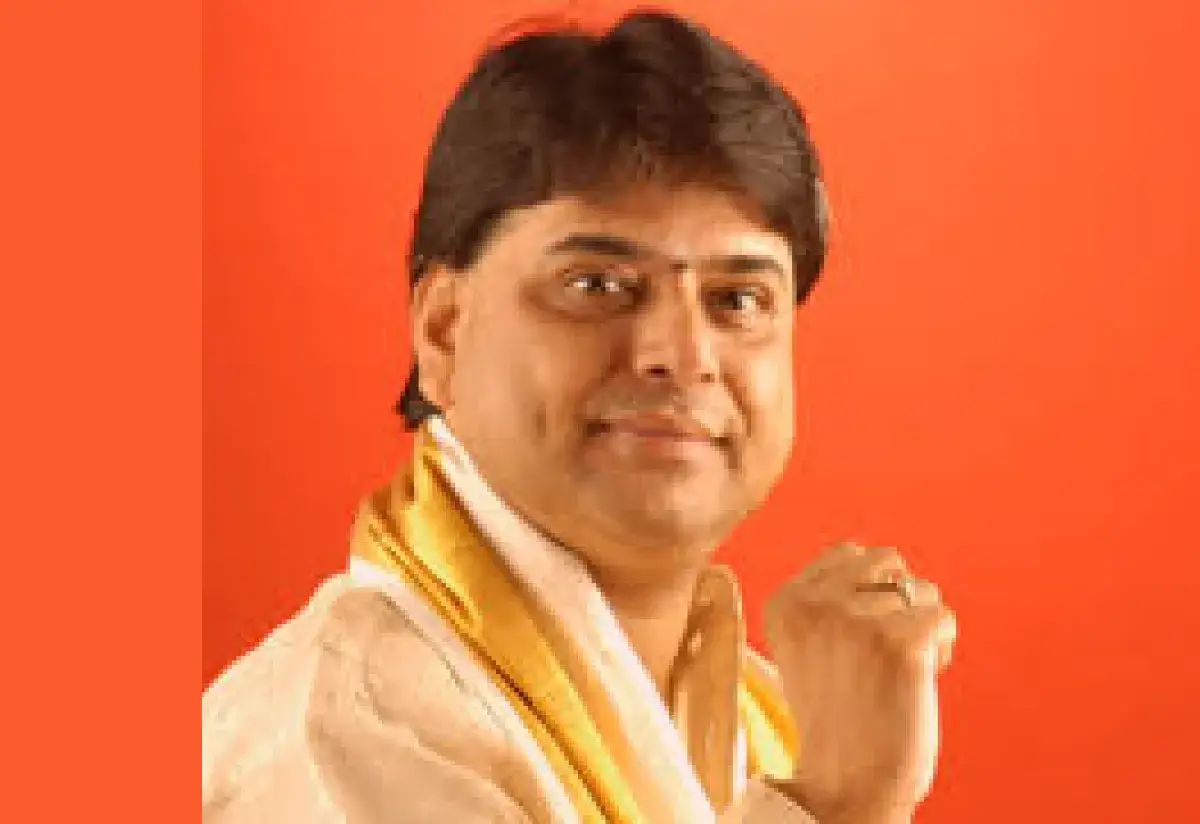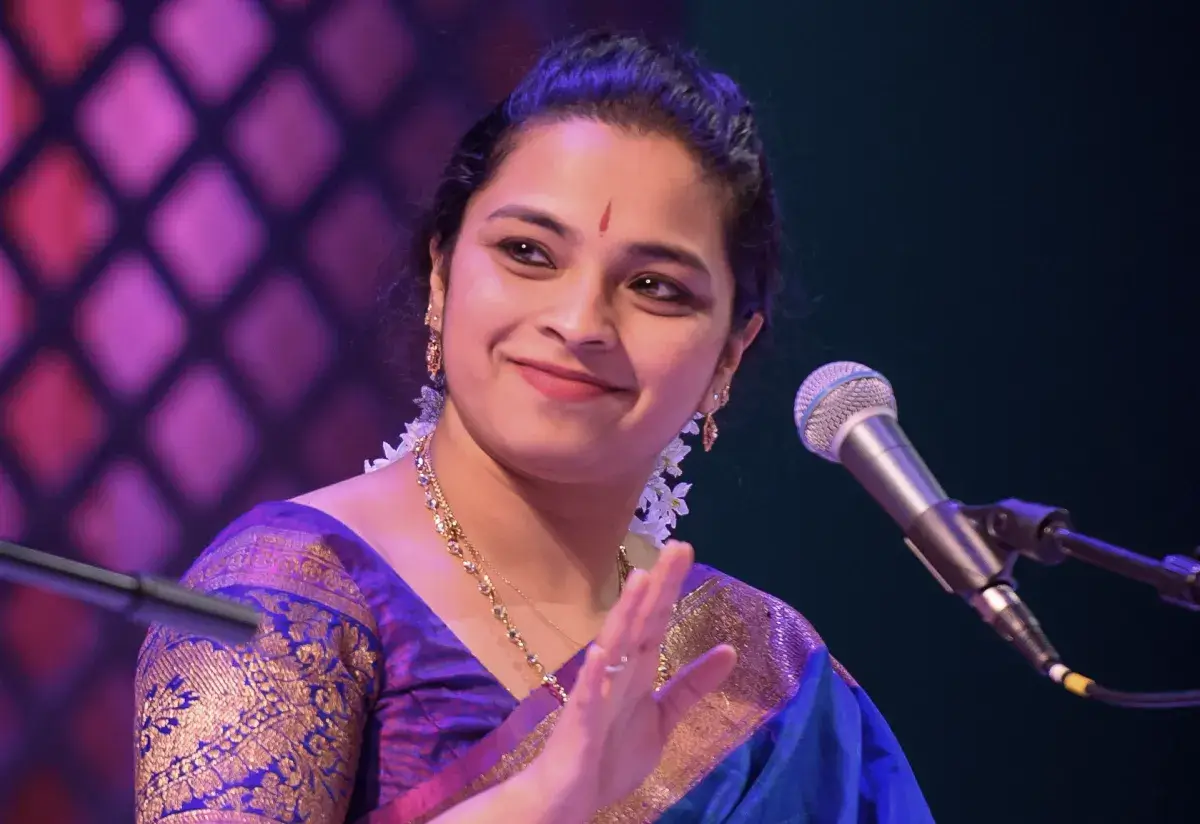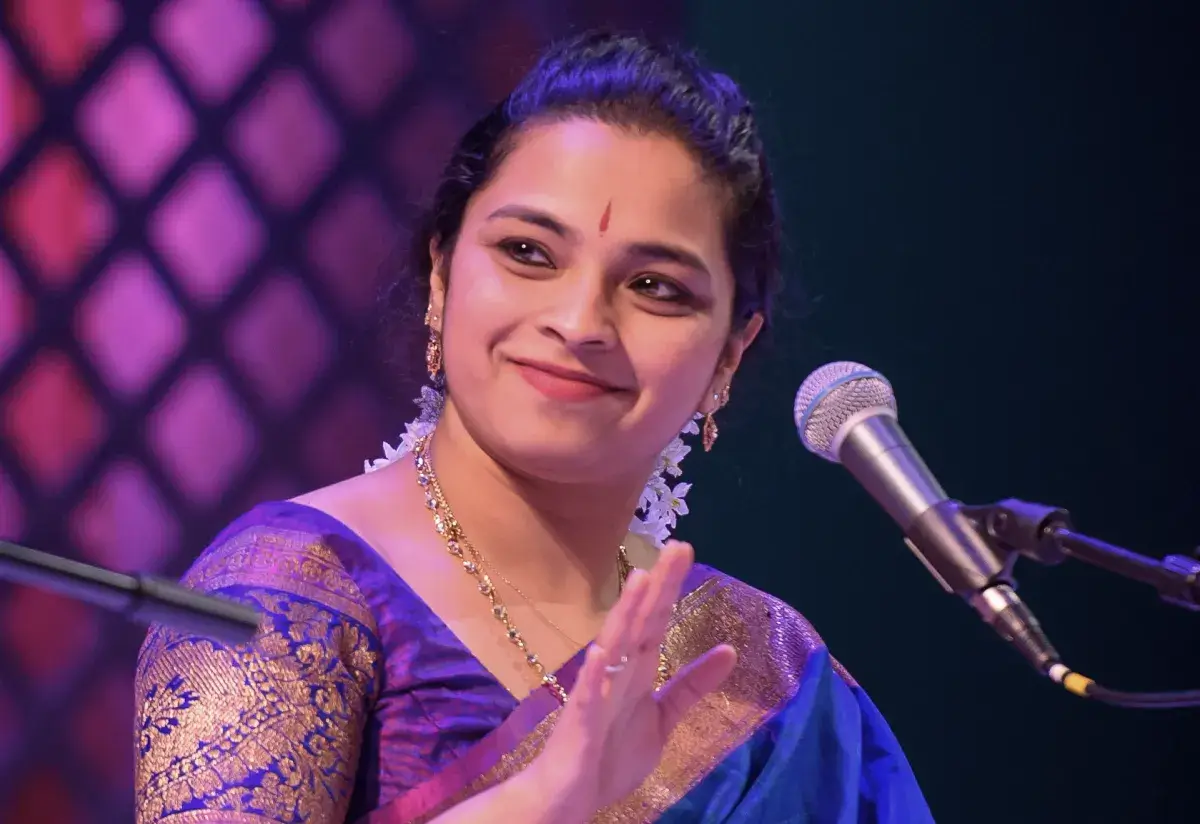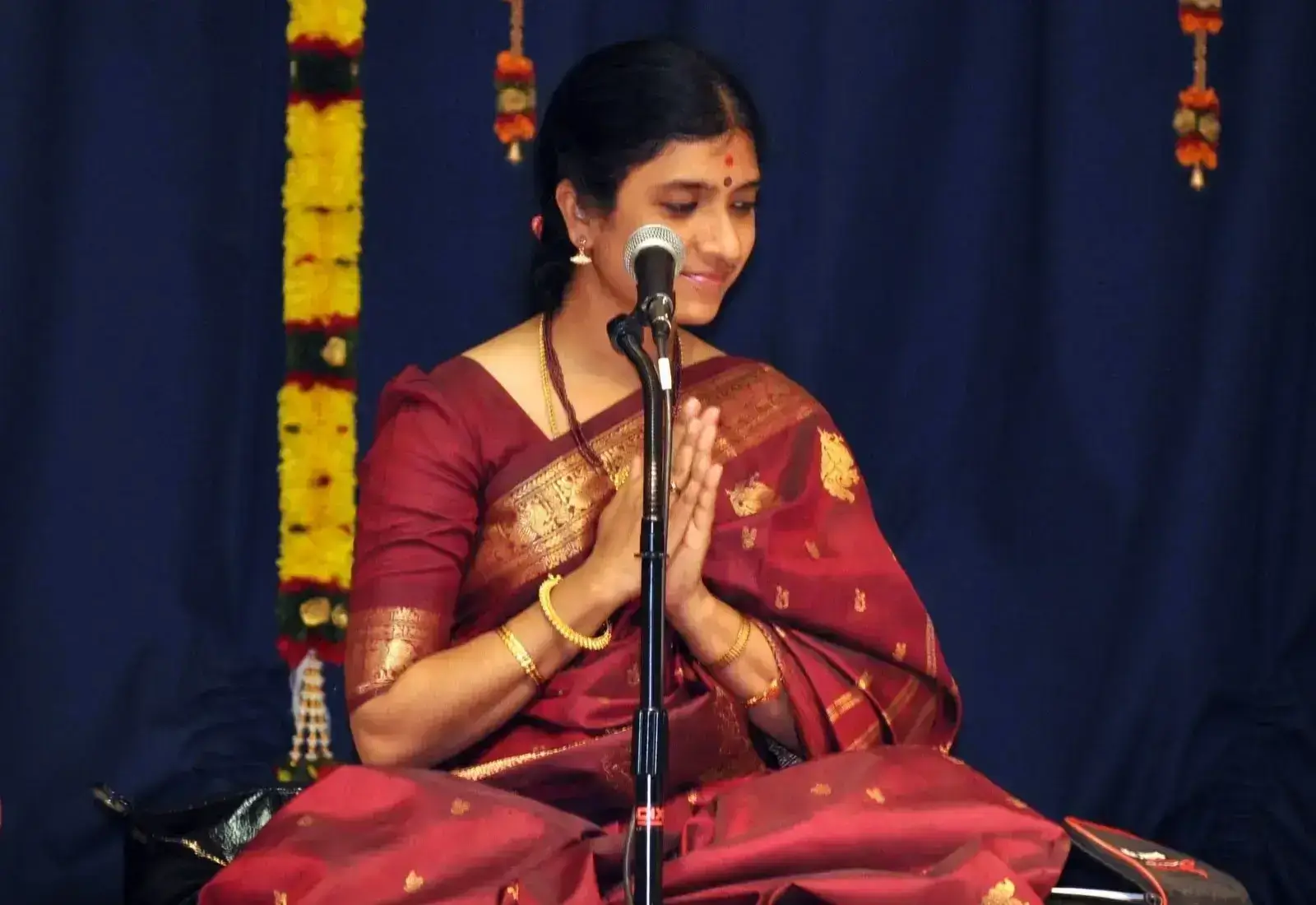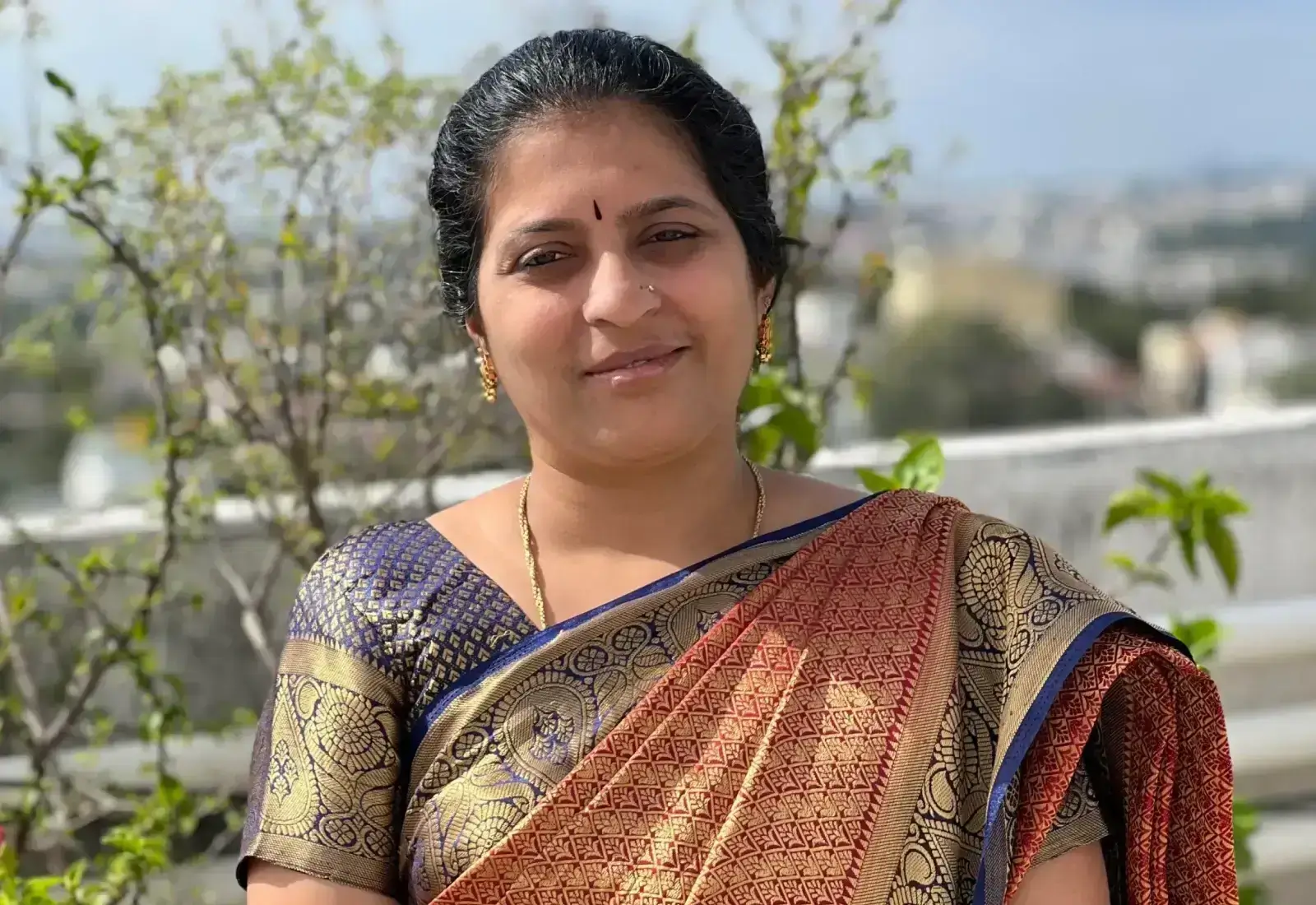List of Ragas in Carnatic Music
Carnatic Music, also known as the classical music of South India - is a very renowned and popular genre of music.
It is also the genre of music in India that introduced legendary Carnatic veterans like GN Balasubramanium, Alathur Brothers, and Vasundhara Devi.
A very important aspect of Carnatic music is Ragas - they are the integral pillars to the music, the rhythm as well as the words in a song.
But as a layman - when you surf the internet to know what exactly ragas are, how much do you grasp immediately?
Do you wonder how many types of ragas are out there? How many can be picked up by beginners?
Ragas can be very complicated for learners initially and so we bring you a simple breakdown of the different ragas in Carnatic music.
But before we proceed, let’s break down what a Raga exactly means. What does it stand for?
Well, Ragas are musical frameworks of keynotes - a set of notes or swaras put together in a singing pattern - denote them.
These ragas when either arranged in ascending order of their notes/swaras are in an aroh pattern.
When the notes are arranged likewise in a descending fashion, they are in an avaroh pattern.
Ragas are classified in different ways in Carnatic music:
- Sampurna Ragas (Janaka Ragas)
- Melakarta Ragas
- Janya Ragas
- Audava Ragas
- Shadava Ragas
- Vakra Ragas
Sampurna Ragas
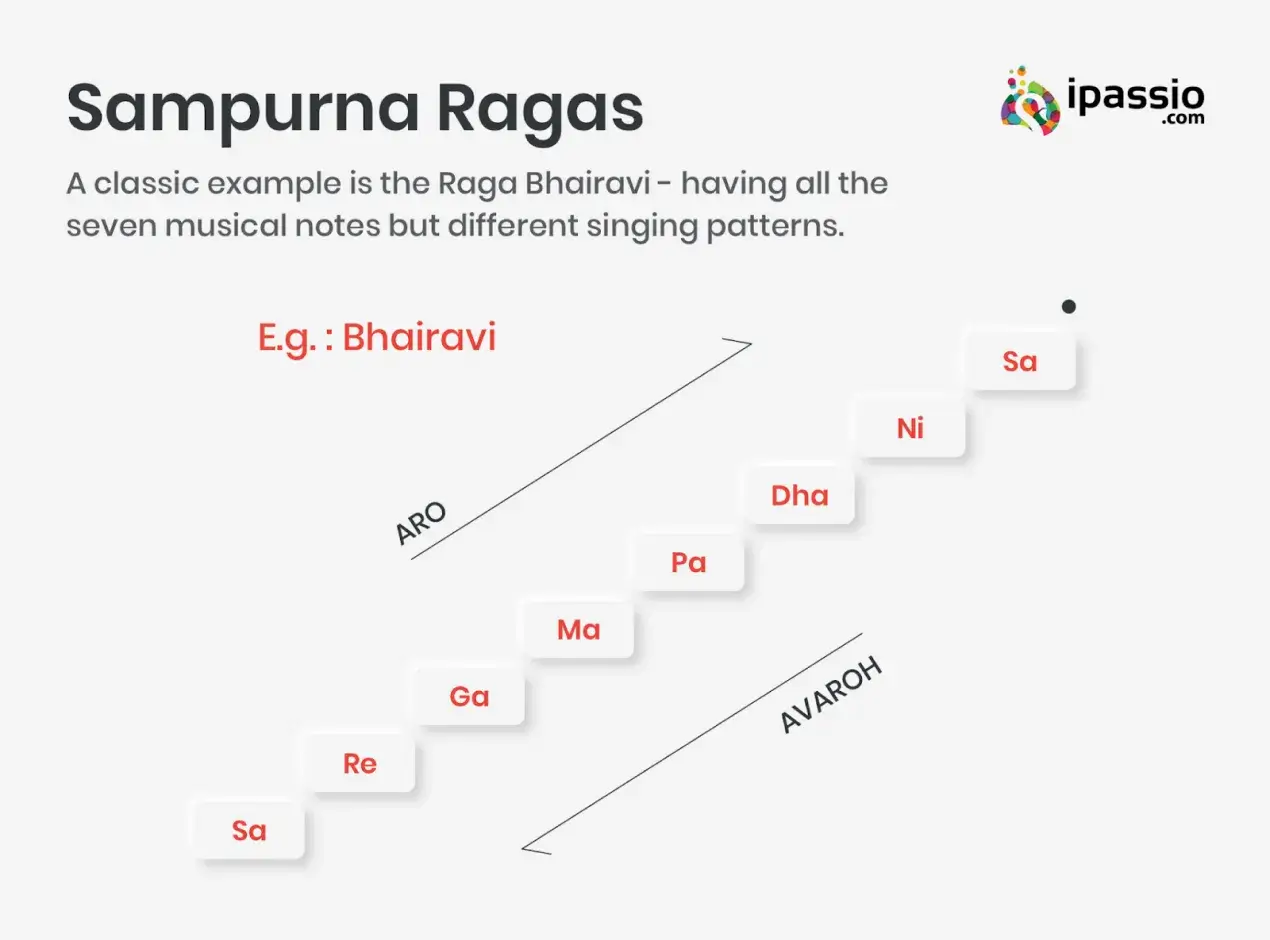
The word ‘Sampurna’ stands for complete and that is exactly what Sampurna Ragas denote.
This particular musical framework has all the seven musical notes (swaras) present and is the basis of the classification of ragas.
But these ragas are only classified on the number of notes they have - they should be 7 to fall into the category.
A classic example of a Sampurna Raga is the Raga Bhairavi - which has all seven musical notes but has different singing patterns.
Melakarta Ragas
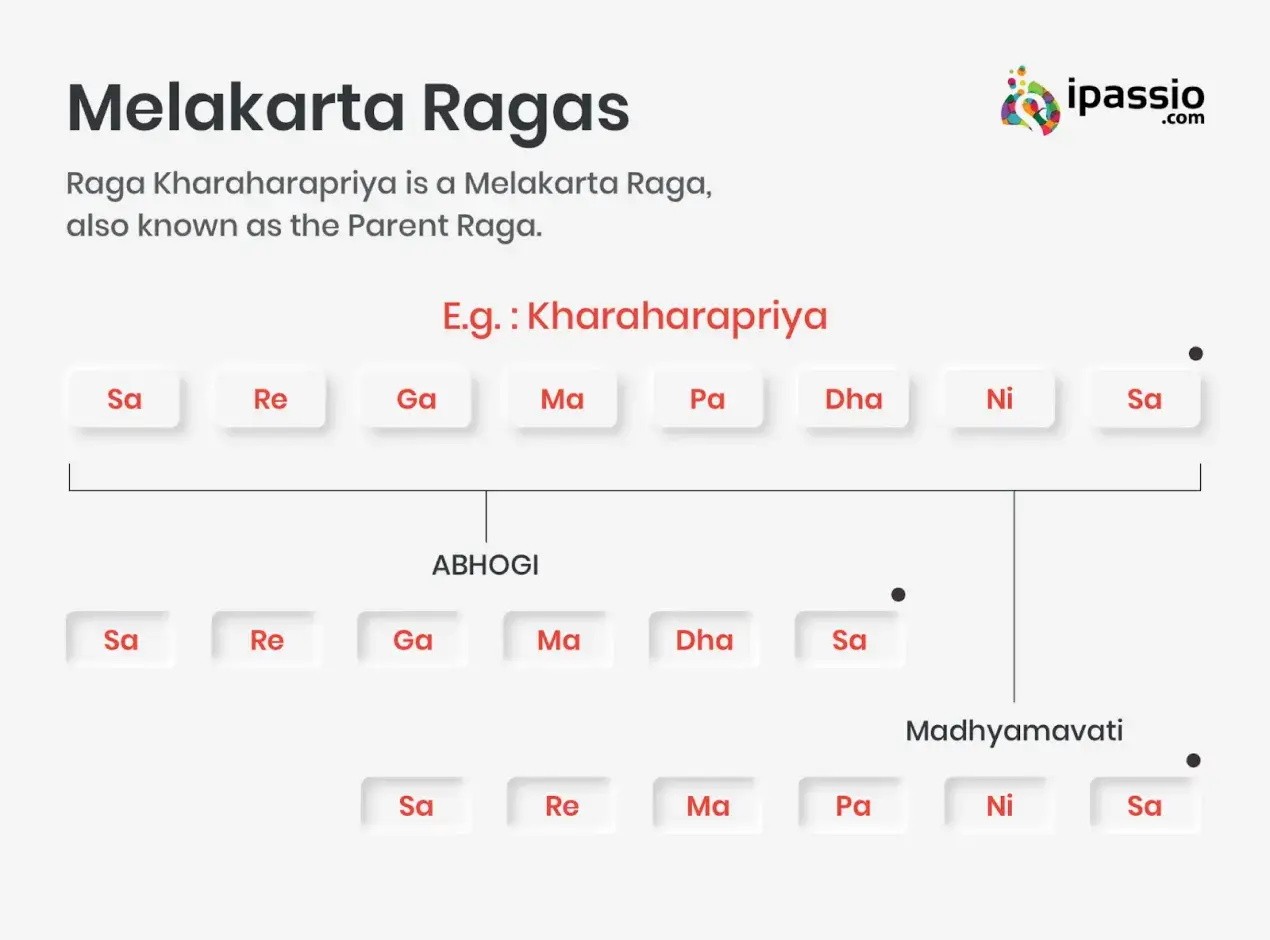
Also known as Parent Ragas in Carnatic music, Melakarta ragas are the main point of the musical notes or swaras in Carnatic music.
It is from this set of ragas that various note combinations are formed.
While all Melakarta Ragas fall under Sampoorna Ragas - it’s not the same case, the other way round.
It’s because, these ragas include all the seven musical notes or the swaras (‘Sa’- ‘Ri’ - ‘Ga’ - ‘Ma’ - ‘Pa’ - ‘Da’ - ‘Ni’) in a systematic, ascending (aroh) or descending (avaroh) sequential order.
Now you may ask why are these ragas termed as Parent Ragas?
It is because of these sequences that smaller divisions, known as Janya or Child Ragas are adapted and sung - which is why they are termed as Parent Ragas.
There are a total of 72 Melakarta Ragas - each being different scale combinations, unique in their origin.
For example, Kharaharapriya is a Melakarta or a Parent Raga - it has the seven musical notes or swaras: ‘Sa’-‘Ri’-‘Ga’-‘Ma’-‘Pa’-‘Da’-‘Ni’, in an ascending order or sequence.
Janya Ragas
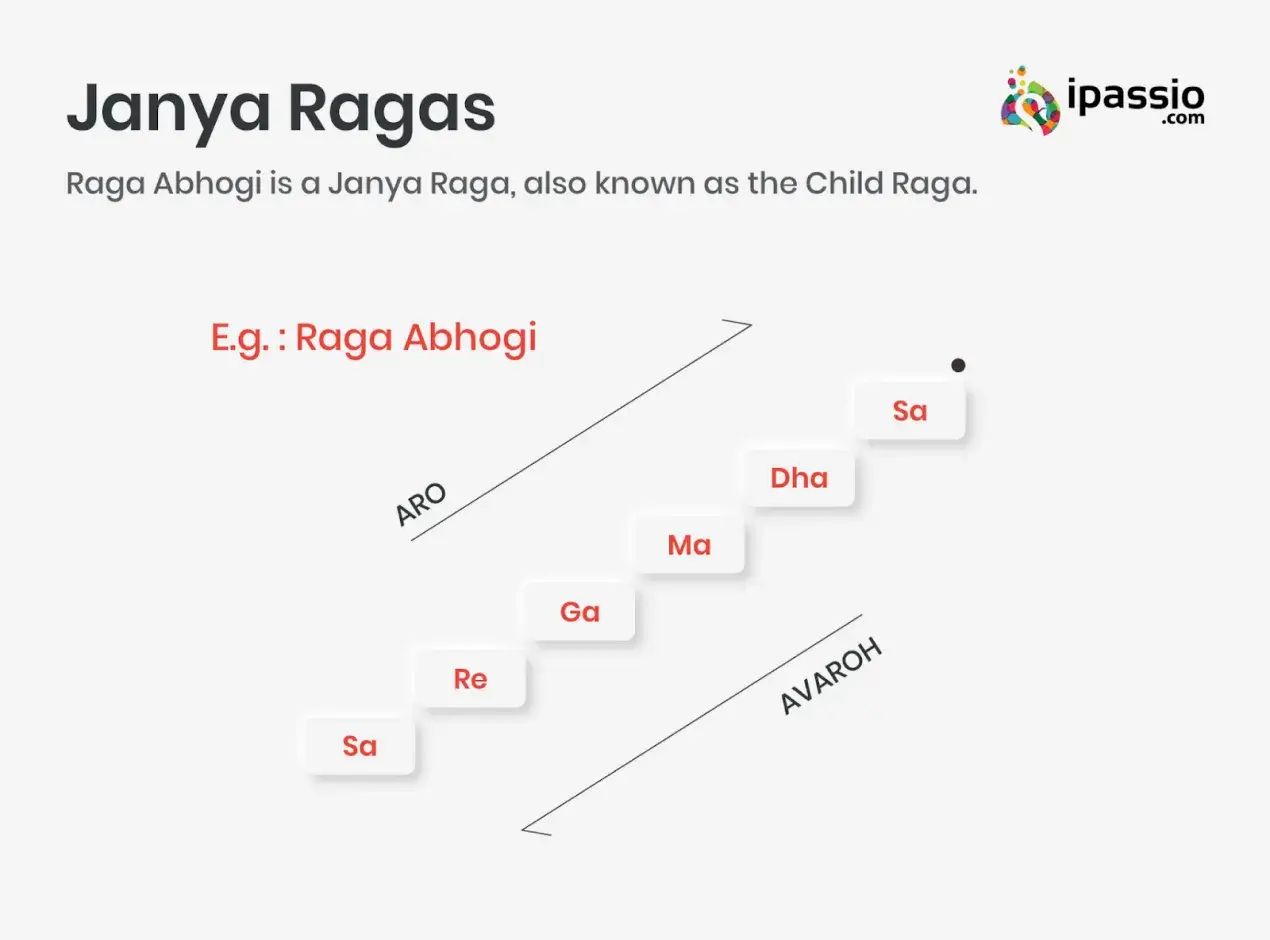
Janya Ragas are different sequential patterns that originate from the parent raga. These again have divisions based on the number of notes they have.
It also can be established that there can be multiple and many child ragas from the same parent raga.
For example, Kharaharapriya is a Melakarta or a Parent Raga.
But if you remove the notes, ‘Pa’ and ‘Ni’ and maintain the same pattern, you get the Child Raga - Abhogi.
Similarly, if you only remove the notes ‘Ga’ and ‘Da’ from the same Parent Raga, you get the Child Raga - Madhyamavati.
Audava Ragas
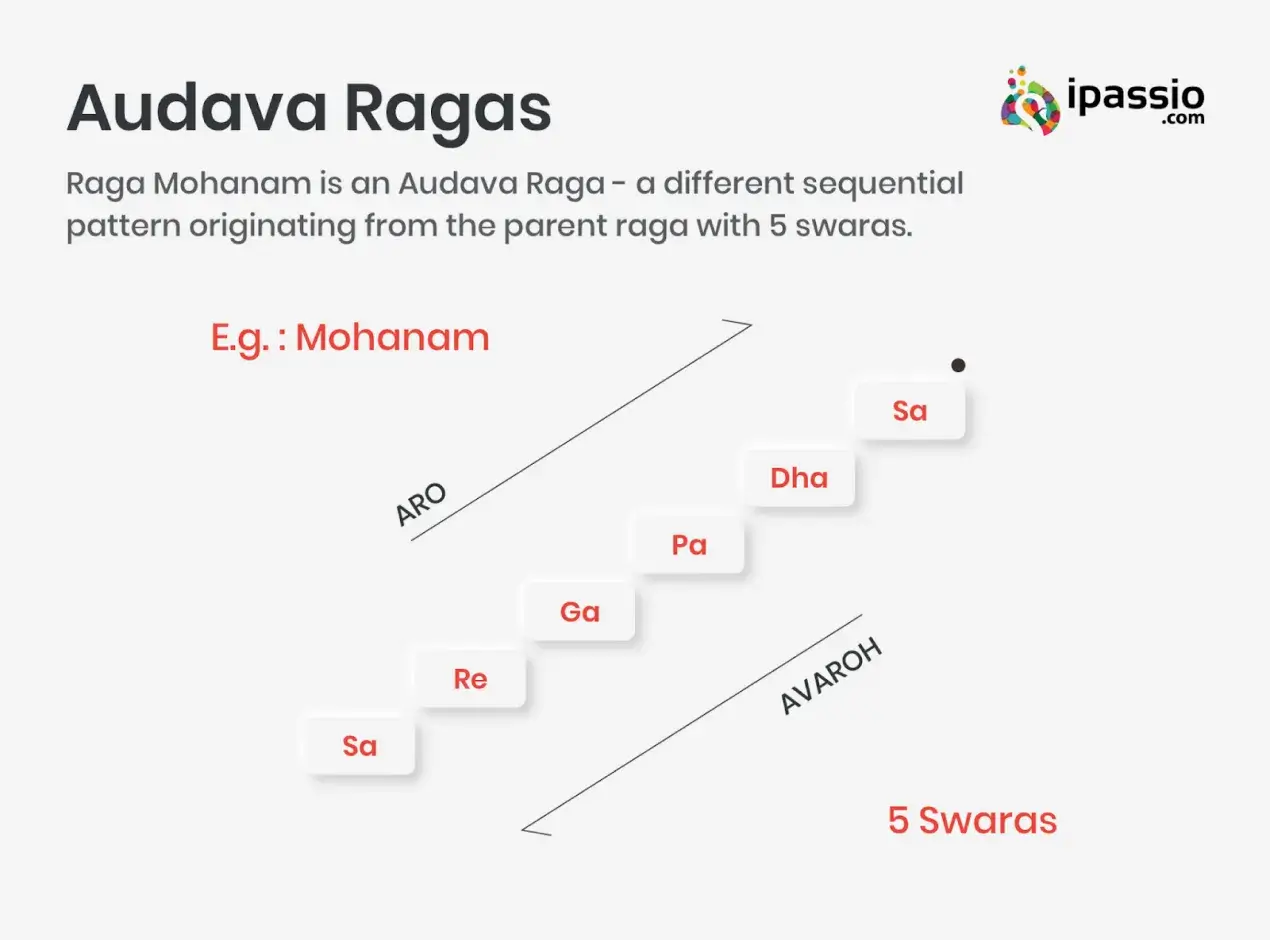
Some Janya Ragas have only 5 musical notes or swaras - which ascend or descend in a steady sequence - these are called Audava Ragas.
For instance, the Raga Mohanam - which has the notes ‘Sa’-‘Ri’-‘Ga’-‘Pa’-‘Da’ in an equal ascent and descent - is an Audava Raga.
Shadava Ragas
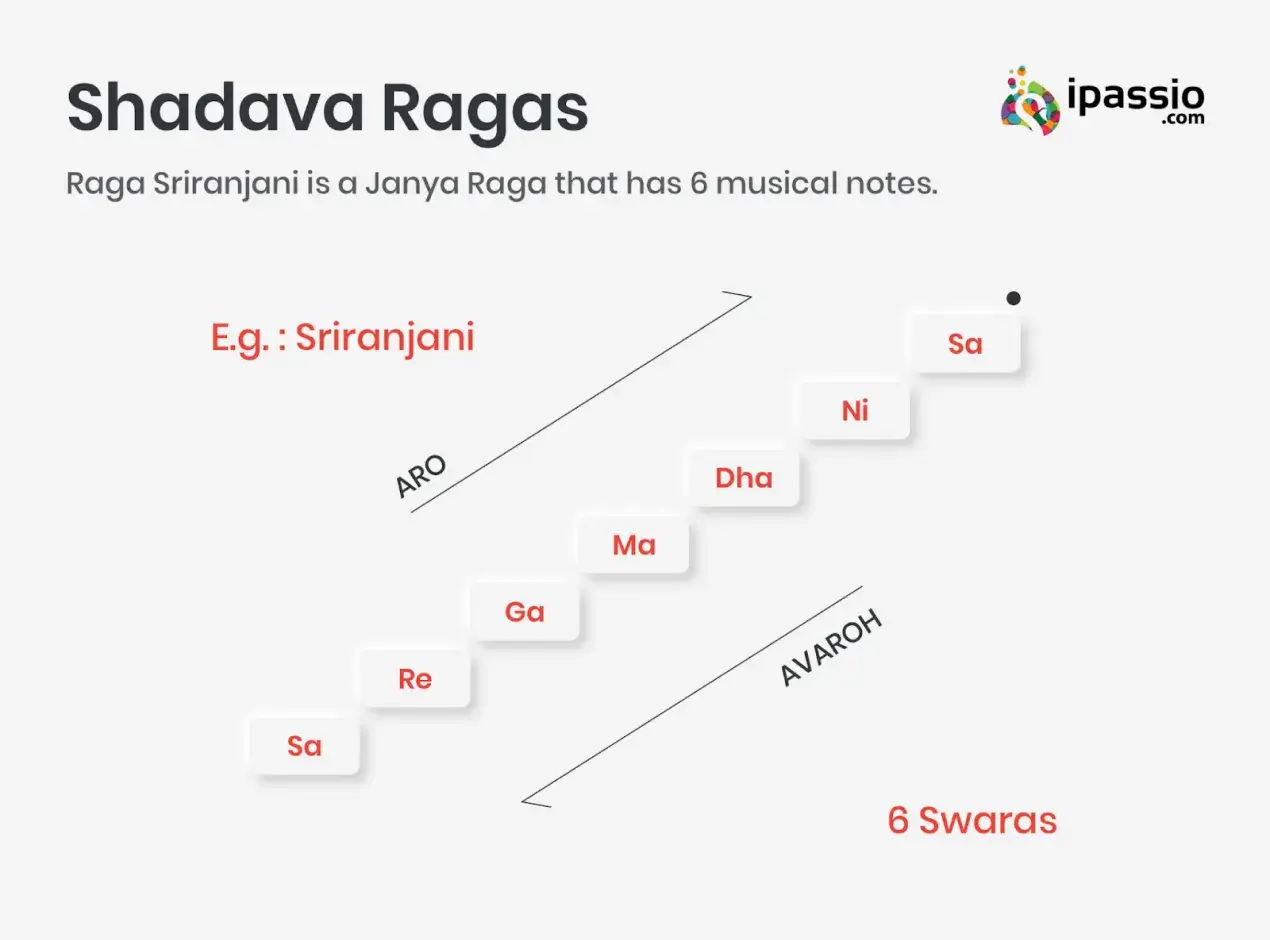
There are some Janya Ragas that have 6 musical notes or swaras that ascend (aroh) and descend (avaroh) in a steady sequence - these are called Shadava Ragas.
Take the Raga Sriranjani as an example. Why? Because it has the six musical notes: ‘Sa’ - ‘Ri’ - ‘Ga’ - ‘Ma’- ‘Da’-‘Na’, in the order and is a Shadava Raga.
Vakra Ragas
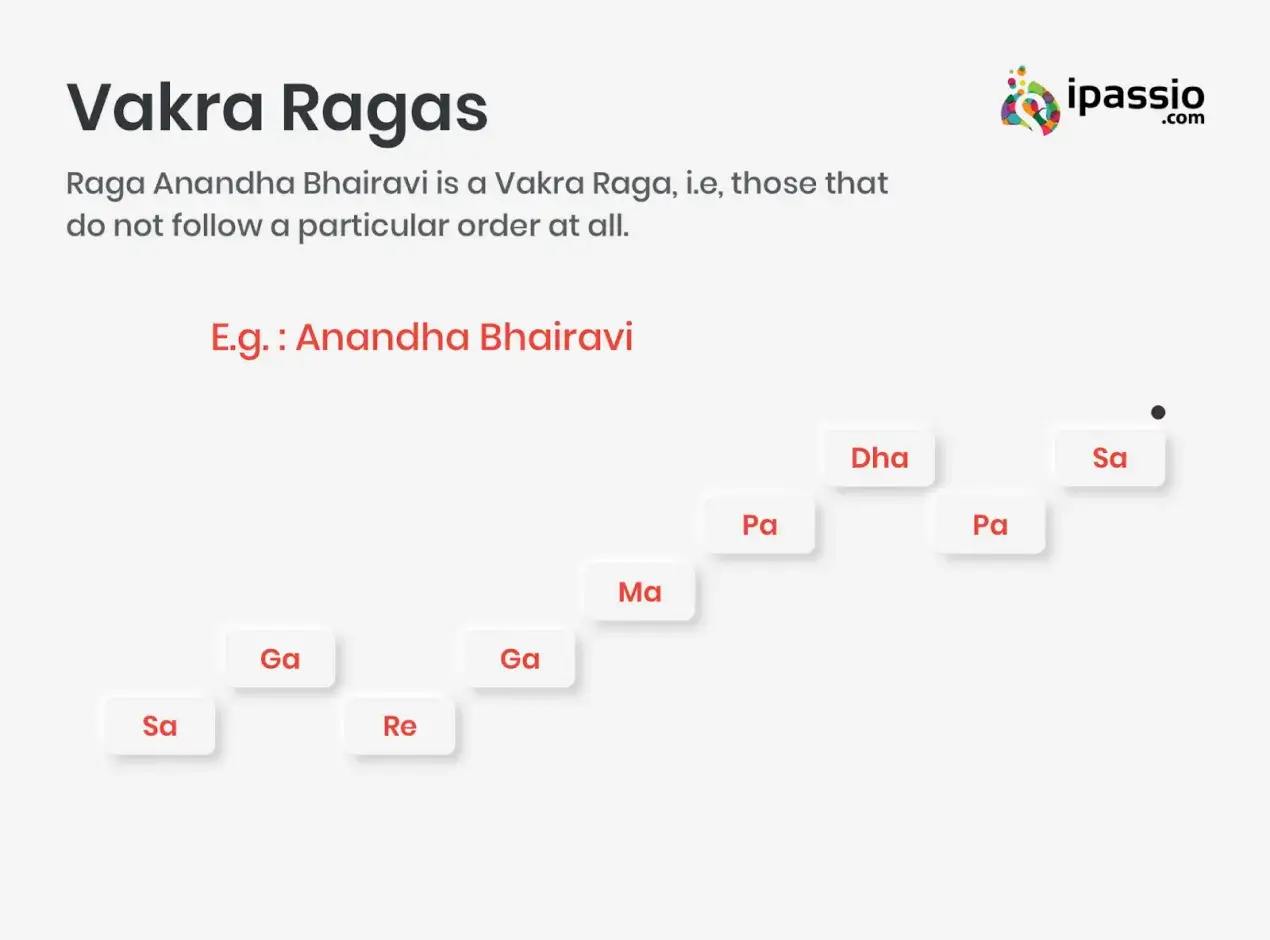
Now, Ragas are not solely classified according to their sequence; they are also categorized by their singing patterns.
Some do not follow a particular order at all and have varied, contrasting musical notes or swaras in between.
These are called Vakra Ragas - the word Vakra means crooked and that denotes the pattern in this classification.
Vakra Ragas are visually similar to a zig-zag pattern when elaborated.
For example, Raga Anandha Bhairavi has musical notes: ‘Sa’- ‘Ga’ - ‘Re’ - Ga’ - ‘Ma’ - ‘Pa’ - ‘Da’ - ‘Pa’. These are neither ascending nor descending in a pattern and so it is a Vakra Raga.
Similarly, Raga Khamas has its musical notes in this order: ‘Sa’- ‘Ma’ - ‘Ga’ - ‘Ma’ - ‘Ni’ - ‘Da’ - ‘Ni’ - ‘Pa’ - ‘Da’ - ‘Ni’, which indicates that it is a Vakra Raga as well.
It is important to note that Vakra Ragas are slightly different from the other as you will have to remember the unique way to sing each one.
So those were the Carnatic ragas list explained in detail and if you wish to learn more about the genre, explore ipassio’s Carnatic music online classes in both musical instruments and vocals. Sign up for our lessons that are taught OnliVe (Online + Live), exclusively, on a 1-on-1 basis.



